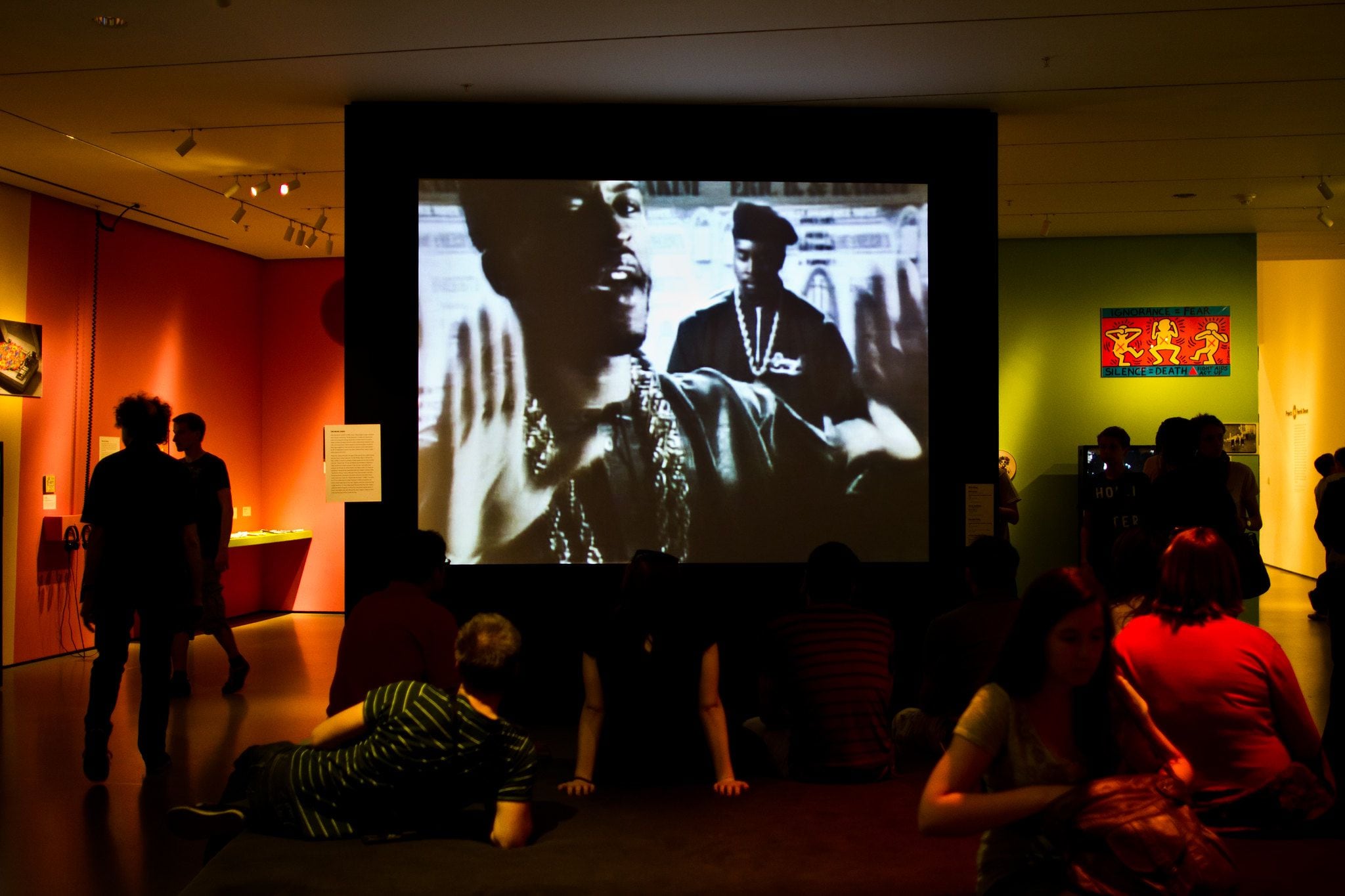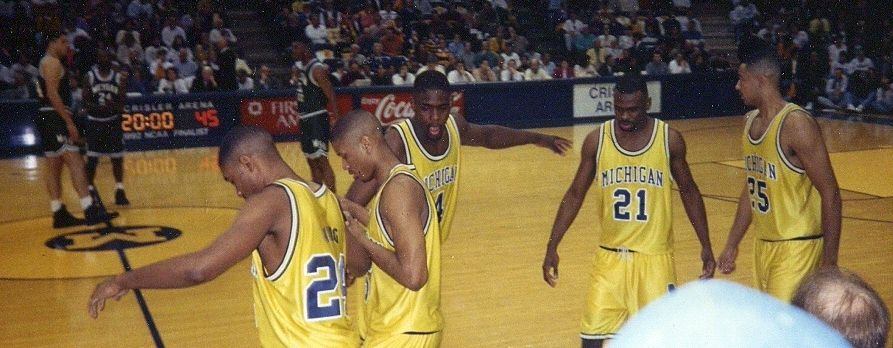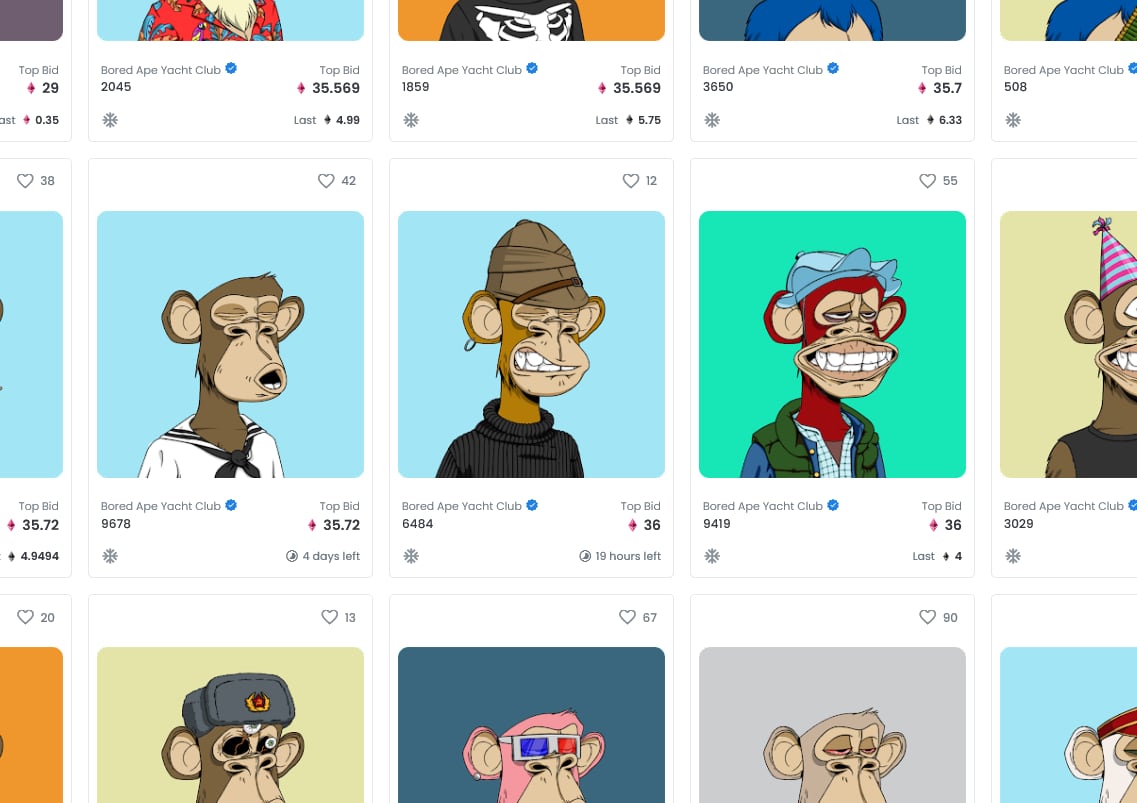Hip hop music in the 1980s was like the past decade in crypto. On the rise. Understood by few. Regional to mainly New York. Dismissed as a fad.
Pavel Bains is the CEO of Bluzelle. This article is part of Culture Week, which explores how crypto is changing media and entertainment.
Then, around 1990, it went national with Public Enemy, NWA, 2 Live Crew, Native Tongues Crew, countless others. It was embraced by the youth. Not just African Americans, but almost every minority in the U.S. and Canada, including my friends and I who were all first generation Indo-Canadians and Chinese-Canadians.
By 1992 hip hop style bled into sports and fashion. The Michigan “Fab Five” repped every kid in high school at that time. They shaved their heads like Onyx, wore their shorts extra baggy, talked brash and wore black socks. They were so influential that Nike rushed out a line of black socks. Nike had only sold white socks then.

Our clothing style changed because of rappers. Snoop Dogg even made wearing hockey jerseys cool. Starter caps were a must. And then, when Allen Iverson entered the National Basketball Association in 1996, the league was changed forever.

Some people hated the style. It launched an era of “respectability politics,” where pols and celebrities told kids to pull up their pants.
What was once considered a short-term trend – like a Tulip Bubble –became a legitimate global culture. I’ve travelled to almost every region of the world the past six years, and the one common culture is hip hop, even if you didn’t realize it.
The biggest fashion designer in the world, Virgil Abloh, who recently passed away, was purely hip hop. He was also every kid I knew growing up.

Having paid witness to growth and longevity of hip hop culture, I now see something similar with crypto. NFTs have made the crossover, and they’re never going away. It’s now not just money but an integral part of their products and youth identity. Non-fungible tokens rep kids today like Georgetown Starter Caps and Satin Jackets repped me and mine.
Crypto has changed how communities form around products. Discord, or something like it, will be the main platform for any project or brand that wants to connect with the youth. Crypto is real-time, it’s money, it’s a video game, it’s flexing, it’s anti-establishment. Sense a trend?

Boomers are trying to jump in and take ownership of this trend. They’re abusing the word “Web 3.” It reminds me of when a 1990s family sitcom with sagging ratings would introduce a Black kid dressed like a rapper to try to save their dated show. There is a saying in rap, “There ain’t no such thing as halfway crooks.” We can see what they are doing from a mile away.
See also: Music NFTs Are Set for an Explosive 2022
I had an interview a few weeks back and they asked me, “What are we going to say when a boomer googles ‘NFT’ and sees a bunch of crazy apes, frogs and wild stuff?”
I said, “Who gives a damn.” What did the boomers of the 1990s say when they heard about rap on TV? When they saw Tupac giving the finger, Ice T yelling “cop killer” and NWA saying “F**k The Police.” Boomers couldn’t stop it then, and they won’t stop a cultural movement now.
Crypto‘s ascendence into culture isn’t even for us, it’s for my teenage kid and her peers around the world. The difference is only a select group made the big money in hip hop. With crypto, we all can.
